Case Report: 13CA003
Welder dies when he is struck by a projectile from a truck's hydraulic tank
Download a PDF to print this report:
Welder dies when he is struck by a projectile from a truck's hydraulic tank (13CA003, PDF)
Summary
A welder died when struck by a piece of a hydraulic tank that came apart after being pressurized with air and water to check for leaks. The welder had removed the tank the previous day to repair a leak. On the day of the incident, the victim filled the tank with water and used an air compressor to fill the tank to check for leaks. The tank exploded under the pressure and struck the victim in the head. There was no air regulator or gauge on the line used to monitor the air pressure in the tank. The CA/FACE investigator determined that, in order to prevent future incidents, welding companies should ensure that:
- Hydraulic tanks are not internally pressurized to check for leaks.
- Welders receive training on approved procedures for repair of hydraulic tanks.
Introduction
On Friday, March 1, 2013, at 7:30 a.m., a 37-year-old Hispanic male welder died when he was struck in the head by a piece of a hydraulic tank that exploded during pressure testing to check for leaks. The CA/FACE investigator received notification of this incident on March 3, 2013, through the Division of Occupational Safety and Health (Cal/OSHA) Santa Ana District Office. On June 7, 2013, the CA/FACE investigator contacted the employer. On June 11, 2013, the incident site was visited and the company vice president, the victim's supervisor, and other welders were interviewed.
Employer
The employer of the victim was a waste collection and recycling company that had been in business for over 50 years and had approximately 1,300 employees. The facility where the incident occurred was the company's main transfer station and maintenance yard for their vehicles and equipment. There were 45 employees at this facility at the time of the incident.
Written Safety Programs and Training
The waste and recycling company had a written injury and illness prevention program (IIPP). The company provided and documented formal monthly safety meetings for employees in both English and Spanish. Training was provided mostly by on-the-job (OJT) training. Welders were tested on their general welding knowledge upon hire. The victim had previously repaired hydraulic tanks on trucks using pressure testing for leaks.
The Victim
The victim was a 38-year-old Hispanic male welder who had been working for the company for 10 years. The victim's primary job task was to repair and fabricate trash bins. He was born in Mexico, had been in the United States for 18 years, and had a 12th grade education.
Investigation
On the day before the incident, the victim was assigned the task of repairing a leak in an aluminum hydraulic tank from a waste collection vehicle. He had performed this task in the past on several occasions. The victim removed the 55-gallon hydraulic tank from the truck, then emptied and disassembled it, welded the leak, and reassembled the tank. On the day of the incident, the victim filled the tank with water and pressurized it with air from the shop air compressor to check for additional leaks. The air line used to pressurize the tank did not have a regulator or gauge, and it is not known how much air pressure was used. As the victim was leaning over the tank checking for leaks with a flashlight, the rear end plate of the tank blew off under pressure and struck the victim in the head. Other welders in the shop ran to the victim’s aid and called 911. Emergency responders transported the victim to the local hospital where he was pronounced dead from his injuries.
Cause of Death
The cause of death according to the death certificate was blunt force injuries to the head.
Recommendations
In order to prevent future incidents, employers should ensure that:
Recommendation #1: Hydraulic tanks are not internally pressurized to check for leaks.
Discussion: In this incident, the victim performed a hydro-pneumatic pressure test on a hydraulic tank to check for leaks. A hydraulic tank used to hold liquid contents is not designed to be pressurized. When the victim checked for the adequacy of his weld, he used an unsafe procedure that he had done in the past without incident. Rather than the use of both water and air to pressurize tanks such as this, an alternative method would have been to fill the tank from an elevated water column. Using this method, excess pressure could not occur inside the tank. Had the victim used this alternate method, the tank could not have been pressurized, causing an explosion.
Recommendation #2: Welders receive training on approved procedures for repair of hydraulic tanks.
Discussion: When repairing hydraulic tanks, welders should undergo specialized training that includes proper procedures for leak testing. In this incident, the victim occasionally repaired hydraulic tanks but did not have specific experience or training in tank welding. He likely did not recognize the explosion hazard when he pressurized this type of hydraulic tank. Had the victim been specially trained in hydraulic tank repair, he probably would not have used hydro-pneumatic pressure testing to check for leaks.
Exhibits
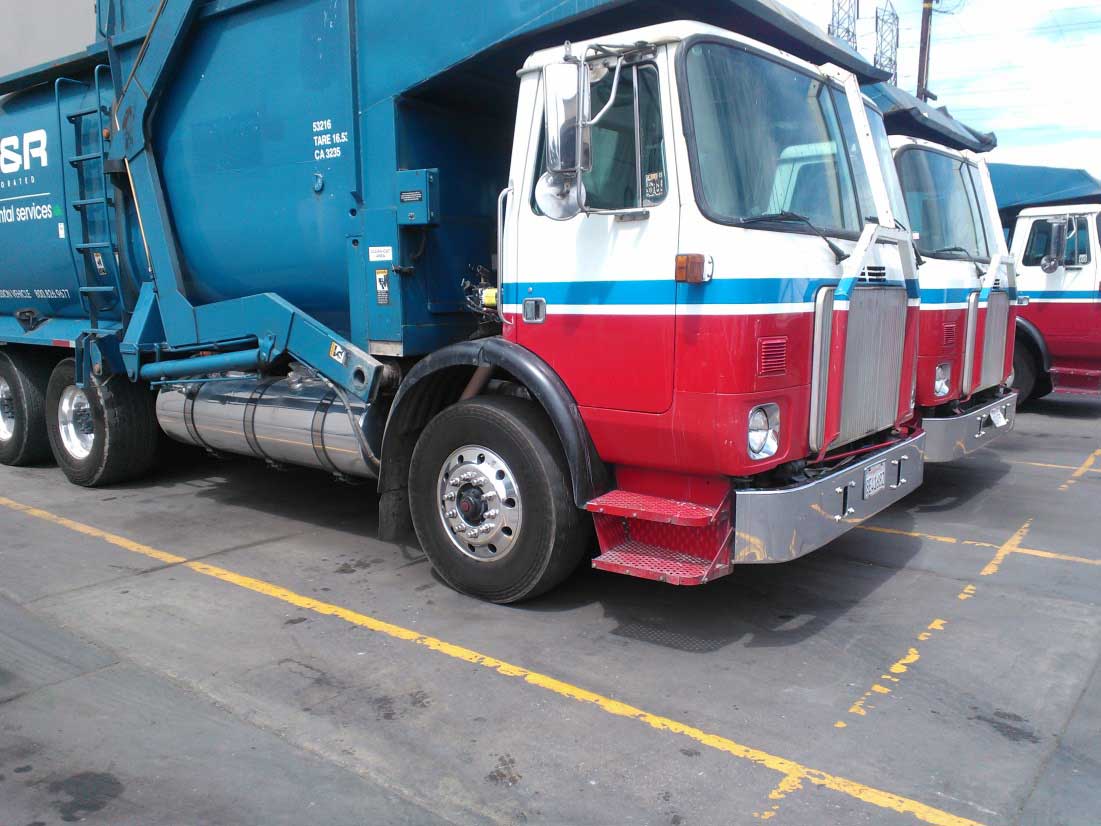
Exhibit 1. A waste collection vehicle with fuel and hydraulic tank similar to the one involved in the incident.
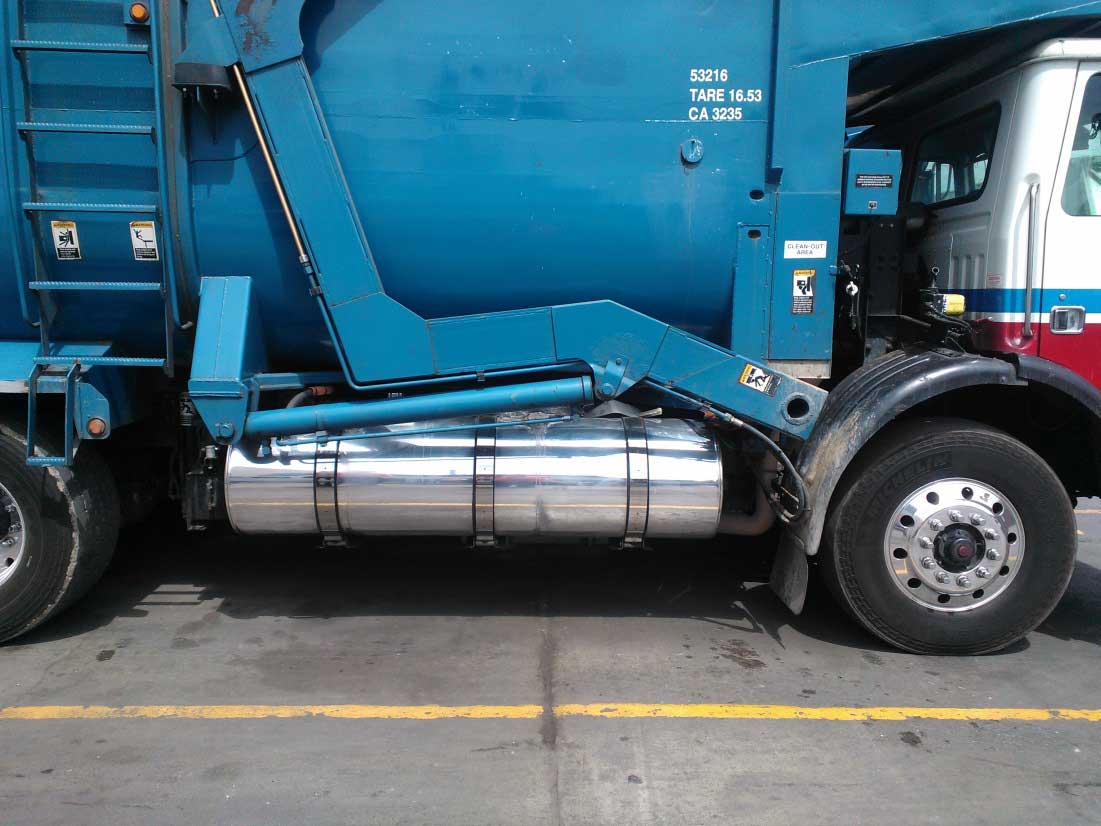
Exhibit 2. Close-up of fuel and hydraulic tank on the side of a vehicle.
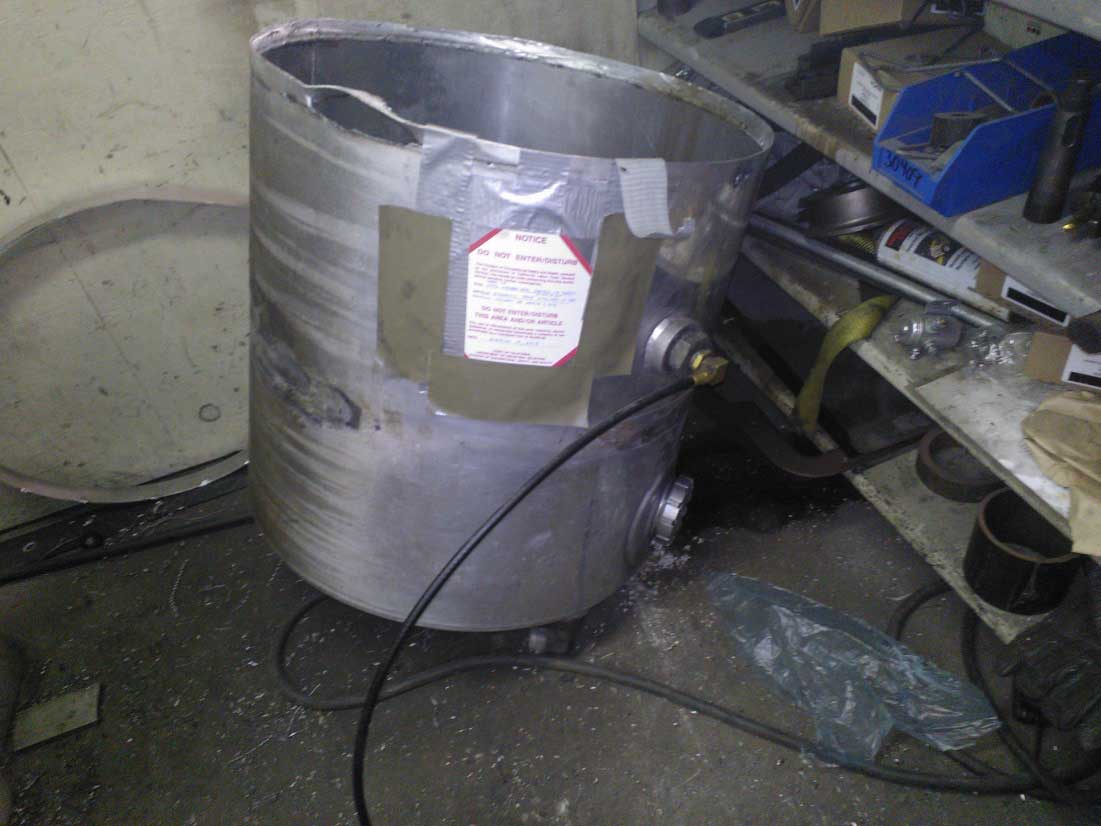
Exhibit 3. The hydraulic tank involved in the incident.
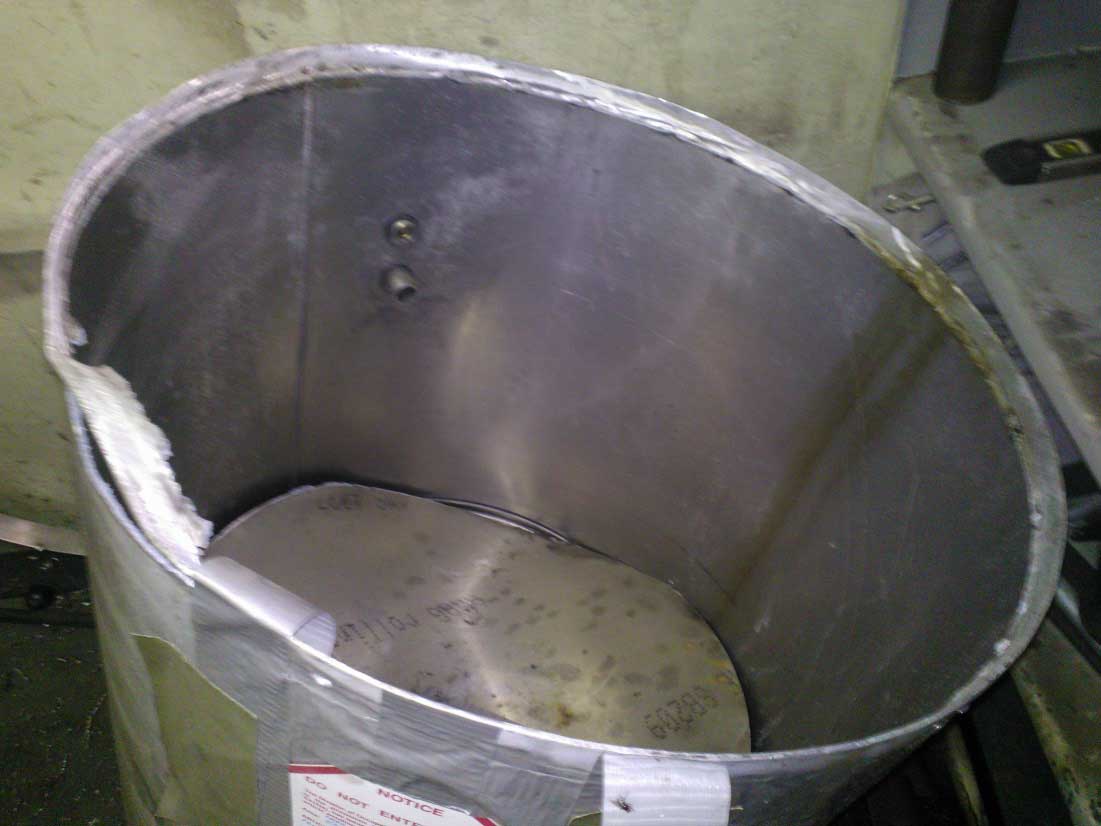
Exhibit 4. The portion of the hydraulic tank that came off under air pressure.
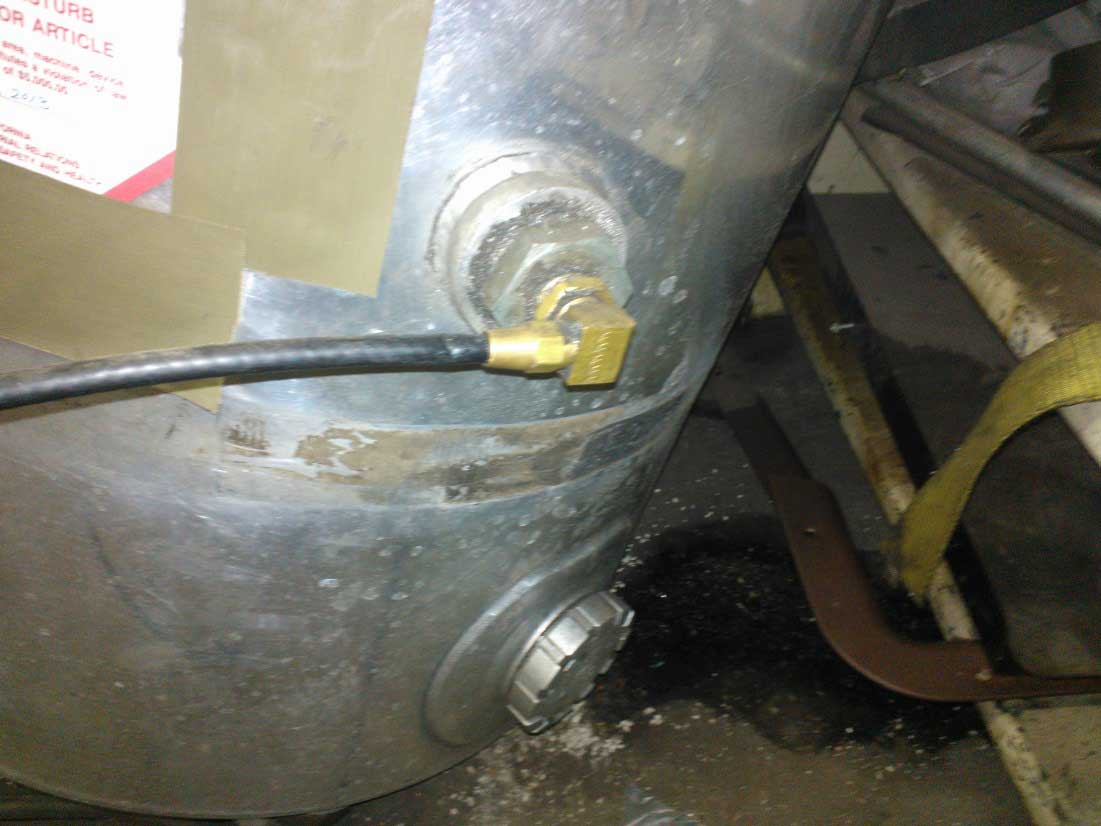
Exhibit 5. The air hose connected to the hydraulic tank.
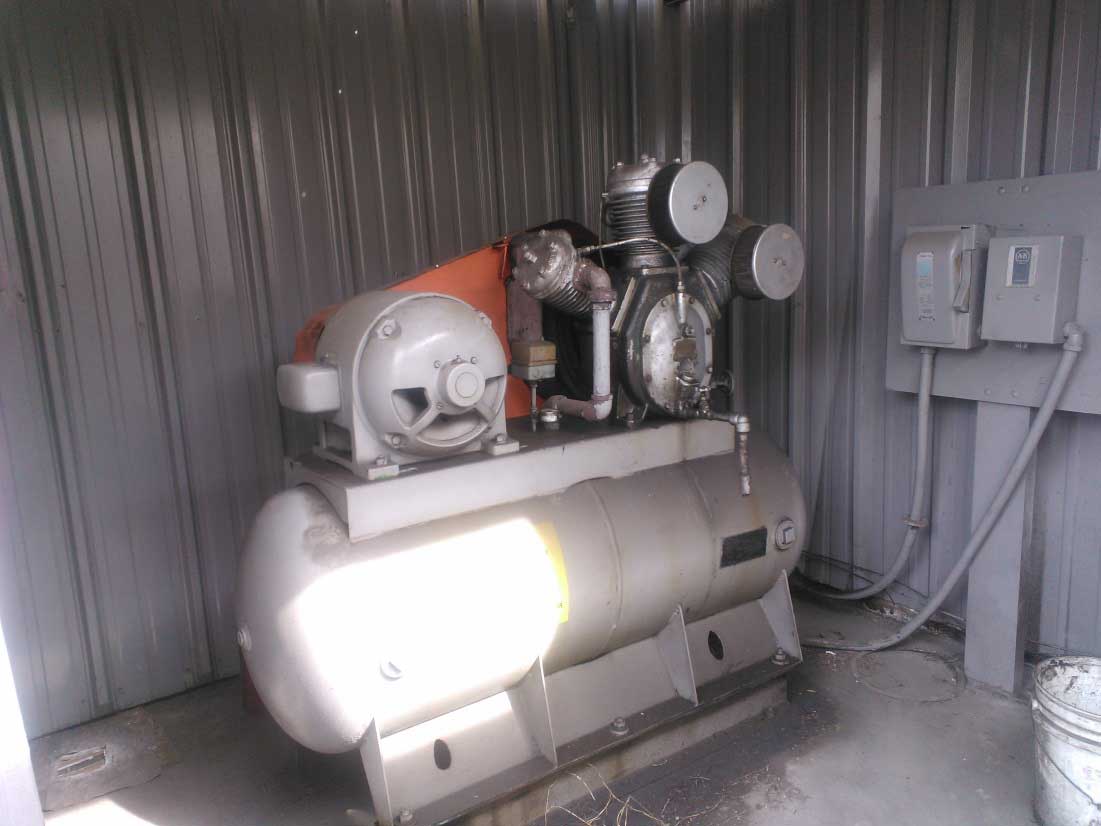
Exhibit 6. The air compressor that supplied air to the entire shop.
References
Division of Occupational Safety and Health -Title 8 regulations
Subchapter 1. Unfired Pressure Vessel Safety Orders
Article 10. Safe Practices -§560. Safe Practices.
Subchapter 7 -General Industry Safety Orders
Group 2. Safe Practices and Personal Protection
Article 7. Miscellaneous Safe Practices -§3301. Use of Compressed Air or Gases.
Authors
Hank Cierpich, FACE Investigator
Robert Harrison, MD, MPH, FACE Project Officer
Laura Styles, MPH, Research Scientist